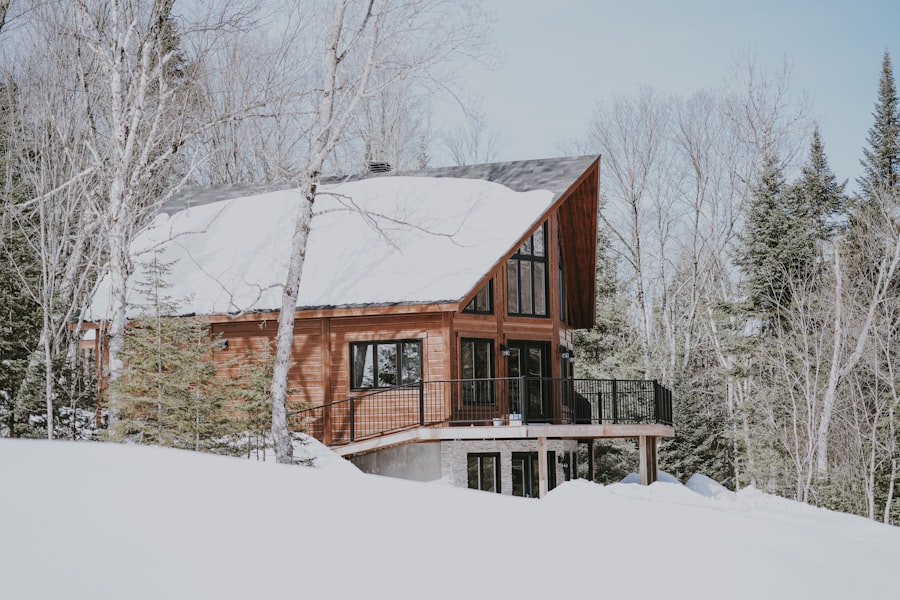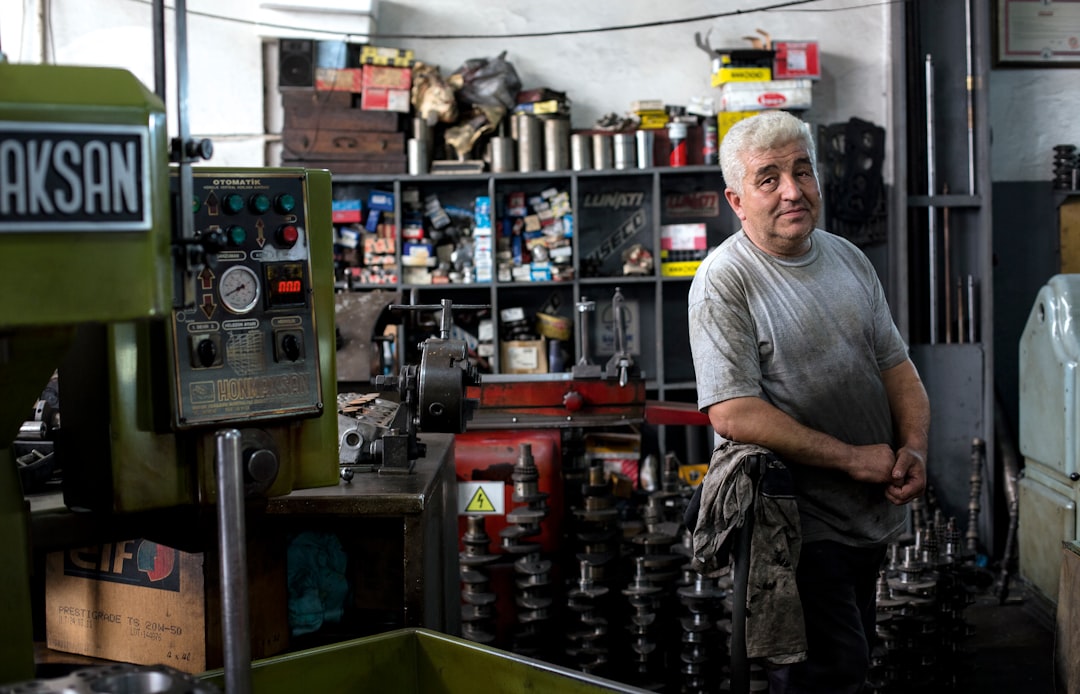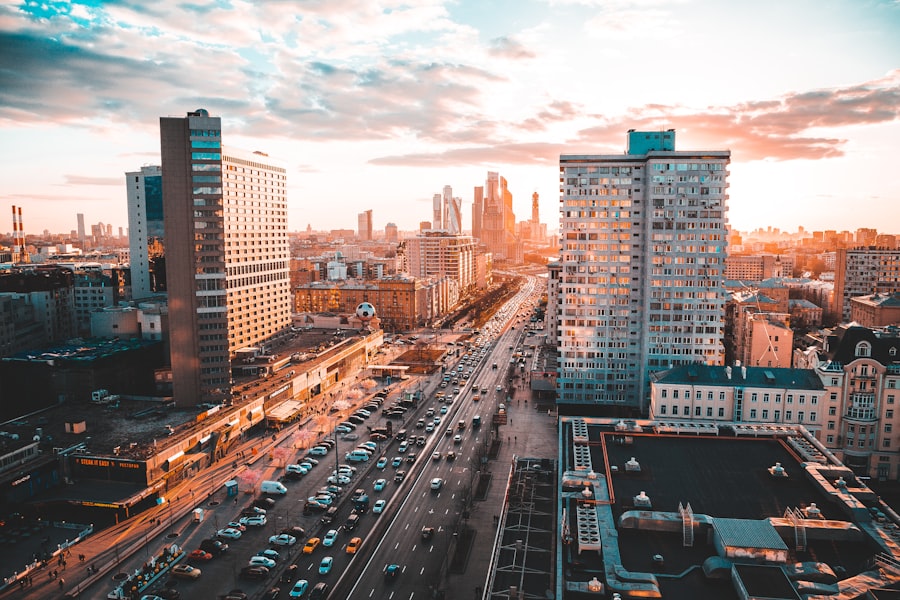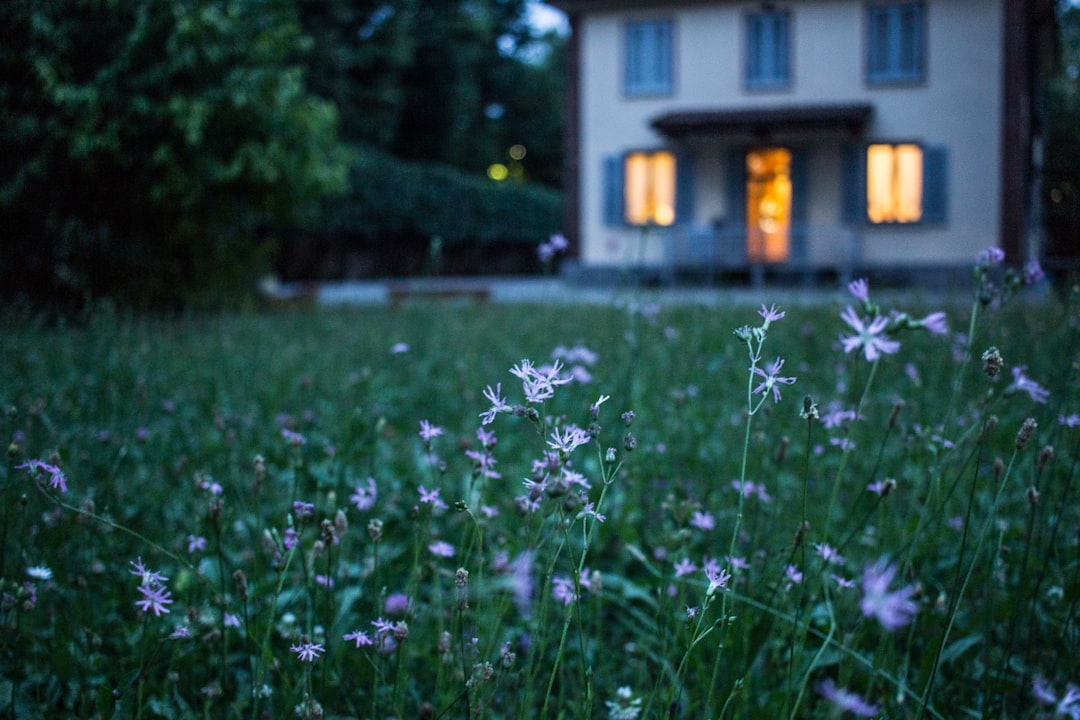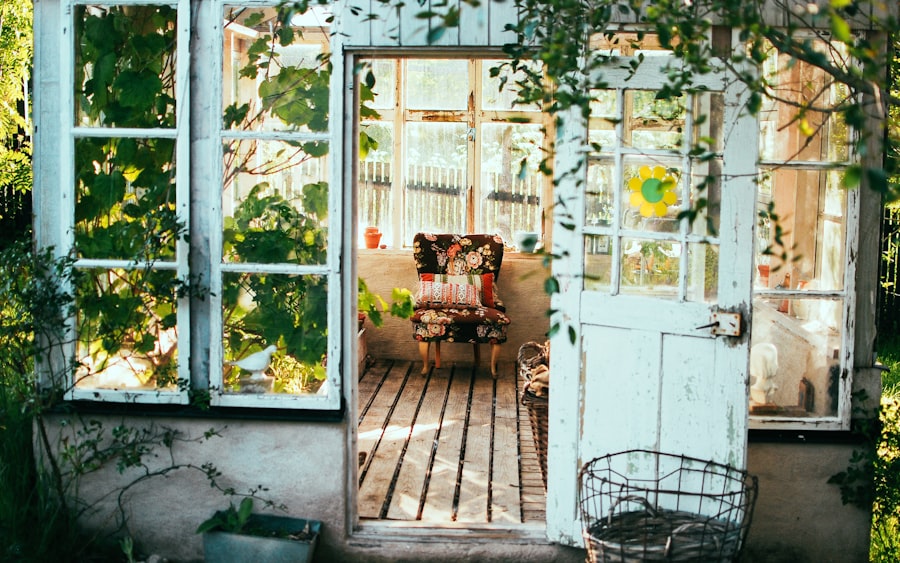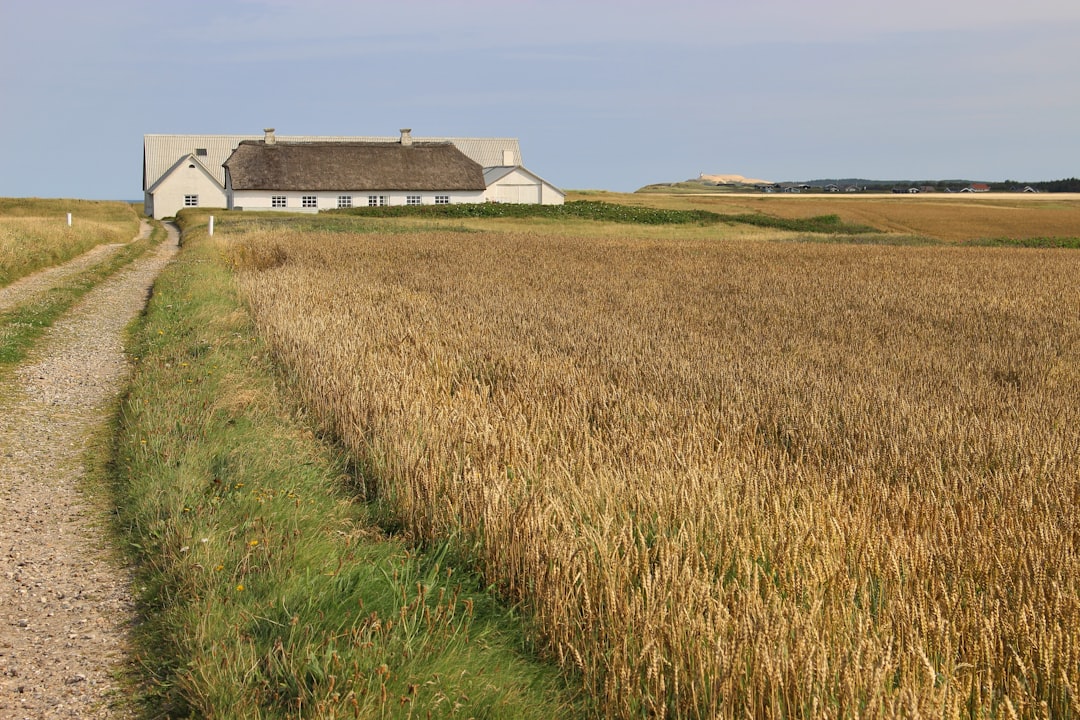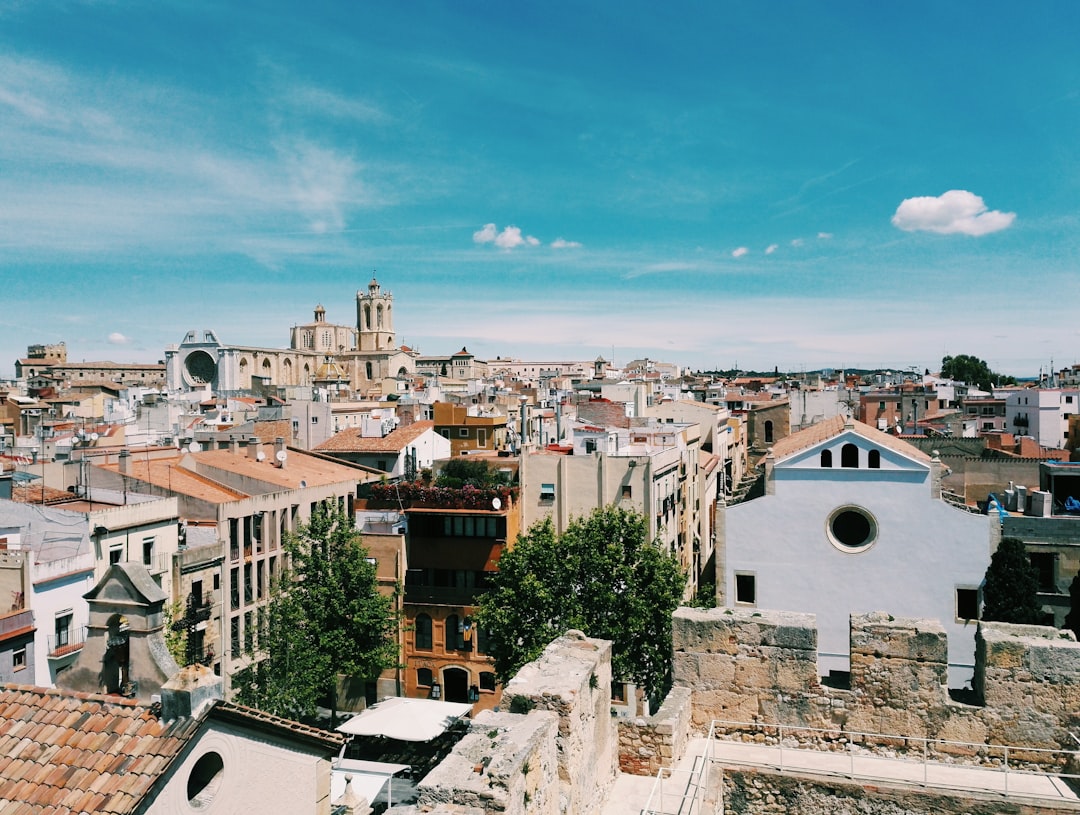When it comes to protecting your home, one of the most important aspects to consider is the quality of your roofing solution. A subpar roof can lead to a host of problems, including leaks, water damage, and even structural issues. That’s why it’s crucial to invest in a high-quality roofing solution that can withstand the elements and provide long-lasting protection for your home. One such solution is IKO Dynasty, a revolutionary roofing system that offers a range of benefits for homeowners.
Key Takeaways
- IKO Dynasty is a revolutionary roofing solution that offers superior performance and durability.
- Quality roofing is important for every homeowner to protect their investment and ensure safety.
- Key features of IKO Dynasty include its algae-resistant granules, reinforced nail line, and Class 4 impact resistance rating.
- The science behind IKO Dynasty’s performance includes its use of advanced polymer technology and engineered fiberglass mat.
- IKO Dynasty is different from traditional roofing solutions due to its superior performance, durability, and environmental benefits.
- Choosing IKO Dynasty for your home can provide benefits such as energy efficiency, reduced maintenance costs, and increased property value.
- IKO Dynasty can help you save money in the long run by reducing the need for repairs and replacements.
- The environmental benefits of IKO Dynasty include its use of recycled materials and its ability to reduce energy consumption.
- IKO Dynasty is known for its durability and longevity, with a limited lifetime warranty.
- In conclusion, IKO Dynasty is the best choice for homeowners looking for a high-performance, durable, and environmentally friendly roofing solution.
The Importance of Quality Roofing for Every Homeowner
Roofing plays a vital role in protecting your home and its occupants from the elements. It acts as a barrier against rain, snow, wind, and other weather conditions, preventing water damage and keeping your home dry and comfortable. A quality roofing solution can also help regulate the temperature inside your home, reducing energy costs and improving overall comfort.
On the other hand, a subpar roofing solution can lead to a host of problems. Leaks can cause water damage to your home’s interior, leading to mold growth and structural issues. A weak roof can also be easily damaged by strong winds or heavy snowfall, putting your home at risk during severe weather events. That’s why it’s crucial to invest in a high-quality roofing solution that can withstand the elements and provide long-lasting protection for your home.
Understanding the Key Features of IKO Dynasty
IKO Dynasty stands out from other roofing solutions due to its unique features and materials. One of the key features of IKO Dynasty is its durability. It is designed to withstand extreme weather conditions, including high winds and heavy snowfall. The shingles are made from a blend of high-quality materials that are engineered to resist cracking, warping, and other forms of damage.
Another key feature of IKO Dynasty is its energy efficiency. The shingles are designed to reflect heat away from your home, reducing the need for air conditioning and lowering energy costs. This can have a significant impact on your monthly utility bills and help you save money in the long run.
The Science Behind IKO Dynasty’s Superior Performance
| Metrics | Data |
|---|---|
| Number of Layers | 5 |
| Weight per Square | 350 lbs |
| Wind Resistance | 130 mph |
| Algae Resistance | Yes |
| Fire Resistance | Class A |
| Warranty | Lifetime |
The superior performance of IKO Dynasty can be attributed to the advanced technology and engineering behind its design. The shingles are made from a blend of high-quality materials, including fiberglass and asphalt, which provide exceptional strength and durability. These materials are also resistant to cracking, warping, and other forms of damage, ensuring that your roof will last for years to come.
In addition to its materials, IKO Dynasty undergoes rigorous testing and certification to ensure its performance. It is tested for wind resistance, impact resistance, and fire resistance, among other factors. This ensures that the roofing system meets industry standards and provides reliable protection for your home.
How IKO Dynasty is Different from Traditional Roofing Solutions
Compared to traditional roofing solutions, IKO Dynasty offers several advantages. One of the main differences is its durability. Traditional roofing solutions may be prone to cracking, warping, and other forms of damage over time. In contrast, IKO Dynasty is designed to withstand extreme weather conditions and resist damage, ensuring that your roof will last for years to come.
Another difference is the energy efficiency of IKO Dynasty. Traditional roofing solutions may absorb heat from the sun, causing your home to become hot and uncomfortable during the summer months. In contrast, IKO Dynasty reflects heat away from your home, helping to regulate the temperature inside and reduce the need for air conditioning.
The Benefits of Choosing IKO Dynasty for Your Home

Choosing IKO Dynasty for your home comes with a range of benefits. One of the main benefits is the impact on home value and curb appeal. A high-quality roofing solution can significantly increase the value of your home and make it more attractive to potential buyers. IKO Dynasty’s sleek design and range of color options can enhance the overall aesthetic of your home and improve its curb appeal.
Another benefit is the long-term cost savings. While IKO Dynasty may have a higher upfront cost compared to traditional roofing solutions, it can help you save money in the long run. Its energy efficiency can reduce your monthly utility bills, and its durability means you won’t have to worry about costly repairs or replacements for many years.
How IKO Dynasty Can Help You Save Money in the Long Run
One of the key advantages of choosing IKO Dynasty for your home is the long-term cost savings it offers. While the initial cost of installing IKO Dynasty may be higher compared to traditional roofing solutions, it can help you save money in the long run.
One way IKO Dynasty helps you save money is through its energy efficiency. The shingles are designed to reflect heat away from your home, reducing the need for air conditioning during the summer months. This can lead to significant savings on your monthly utility bills, especially during hot summer months.
Another way IKO Dynasty helps you save money is through its durability. The shingles are made from high-quality materials that are engineered to resist cracking, warping, and other forms of damage. This means you won’t have to worry about costly repairs or replacements for many years, saving you money on maintenance and upkeep.
The Environmental Benefits of IKO Dynasty
In addition to its performance and cost savings, IKO Dynasty also offers environmental benefits. The shingles are made from sustainable materials, including recycled content, which reduces the demand for new resources and minimizes waste. This makes IKO Dynasty a more eco-friendly choice compared to traditional roofing solutions.
Furthermore, IKO Dynasty’s energy efficiency helps reduce your carbon footprint by lowering your energy consumption. By reflecting heat away from your home, it reduces the need for air conditioning, which in turn reduces the demand for electricity. This can have a positive impact on the environment by reducing greenhouse gas emissions and helping to combat climate change.
The Durability and Longevity of IKO Dynasty
When it comes to durability and longevity, IKO Dynasty is designed to stand the test of time. The shingles are made from a blend of high-quality materials that are engineered to resist cracking, warping, and other forms of damage. This means you won’t have to worry about costly repairs or replacements for many years.
In terms of lifespan, IKO Dynasty is built to last. It has a long lifespan compared to traditional roofing solutions, which means you won’t have to replace your roof as frequently. This can save you money in the long run and provide peace of mind knowing that your home is protected by a durable and reliable roofing solution.
Additionally, IKO Dynasty comes with a warranty that guarantees its performance and durability. This warranty provides added protection and ensures that you are covered in the event of any issues or defects with your roofing system.
Why IKO Dynasty is the Best Choice for Your Roofing Needs
In conclusion, IKO Dynasty is a revolutionary roofing solution that offers a range of benefits for homeowners. Its durability, energy efficiency, and environmental benefits make it an excellent choice for those looking to protect their home and save money in the long run. With its advanced technology and engineering, IKO Dynasty provides superior performance and peace of mind knowing that your home is protected by a high-quality roofing solution. So why settle for anything less when you can choose IKO Dynasty for your roofing needs?
If you’re interested in learning more about the benefits of IKO Dynasty shingles, you might also want to check out this informative article on the San Pedro Roofers website. They have partnered with IKO, a leading manufacturer of roofing materials, to provide top-quality products and services to their customers. In addition to roofing, San Pedro Roofers also offers siding installation services for homeowners looking to enhance the appearance and durability of their homes. For more insights and tips on roofing, be sure to visit their roofing blog, where you can find valuable information on maintenance, repairs, and other related topics.
FAQs
What is iko dynasty?
Iko Dynasty is a brand of roofing shingles that are designed to provide durability, protection, and aesthetic appeal to homes and buildings.
What are the features of iko dynasty shingles?
Iko Dynasty shingles are made of high-quality materials that are designed to withstand harsh weather conditions. They come in a variety of colors and styles to match the design of any home or building. They are also easy to install and require minimal maintenance.
What are the benefits of using iko dynasty shingles?
The benefits of using iko dynasty shingles include increased durability, protection against weather damage, improved energy efficiency, and enhanced curb appeal. They are also backed by a limited lifetime warranty.
How long do iko dynasty shingles last?
Iko Dynasty shingles are designed to last for a long time, with a limited lifetime warranty. The actual lifespan of the shingles will depend on factors such as the climate, installation, and maintenance.
Are iko dynasty shingles environmentally friendly?
Iko Dynasty shingles are made of materials that are environmentally friendly, including recycled content. They are also designed to improve energy efficiency, which can help reduce energy consumption and lower carbon emissions.
Where can I buy iko dynasty shingles?
Iko Dynasty shingles are available at roofing supply stores and home improvement retailers. They can also be purchased online from various retailers.











